In Argentina, Paraguay but also in the rest of South America is Mate a national drink and very popular with the population. In Europe, mate tea is also a popular slimming drink. Because mate, as a tea preparation from the leaves, relieves cravings and stimulates the metabolism.
Occurrence & cultivation of mate

Mate is a so-called shrub plant and native to the araucaria forests of South America. The mate tree is evergreen and can reach heights of up to 14 meters. But this only applies in the wild, because cultivated mate trees usually stay under 10 meters. To date, botanists have no explanation for this phenomenon, despite the best soil quality and fertilization.
The leaves of the mate shrub are about 20 centimeters long, round-oval in shape and with a clearly notched edge. The flowers of the mate tree are white and grow in clusters of around 50 individual flowers. The typical red mate fruits later develop from these flowers. Mate is the English name of the tree, which has also established itself in Europe. The botanical name is Ilex paraguariensis.
The names Paraguay tea or yerba mate are also popularly known. Like black or green tea, mate also contains a not inconsiderable amount of caffeine, which is referred to as teein in a tea preparation. However, mate tea contains significantly less caffeine than these other types of tea.
Effect & application
The mode of action of preparations made from mate is explained by the wide range of ingredients, which in their totality are responsible for the pharmacological effect. A number of effective individual substances have already been isolated from mate, including caffeine, theobromine, essential oil, tannic acid, chlorophyll, vanillin, various vitamins, inositol, trigonelline and ursolic acid.
The latter two are also responsible for the typical delicately bitter mate tea taste. Although it is an evergreen plant, the collection time is limited to the period between May and September. The tea preparation made from mate can be enjoyed hot or cold. The great-tasting tea is both a soft drink and a remedy for a variety of disorders and illnesses. Side effects of the tea preparation from the leaves are practically unknown due to the high digestibility, unless the drink was overdosed.
The undesirable phenomena that then occur, such as feelings of fear, restlessness, tremors or racing heart, are solely due to an excessively high caffeine intake. Mate leaves are commercially available as finished medicinal products; there is no prescription requirement. Consumers can choose between the unroasted and roasted leaves of the mate shrub.
There is no difference in the effect, only in the taste. In terms of taste, tea preparations made from the roasted leaves are similar to black tea, while tea made from unroasted mate leaves is reminiscent of green tea. However, more than 3 grams of mate leaves should not be consumed per day. For preparation, 2 teaspoons of the dried leaves are poured over boiling, low-lime water, the steeping time is 5 to 10 minutes.
Similar to black tea, the stimulating effect is significantly higher with short brewing times. Recent investigations have shown polycyclic aromatic hydrocarbons in mate. Mate tea should therefore not be consumed permanently or in excessive concentrations.
Importance for health, treatment & prevention
As a folk remedy, mate is of great health importance. As a stimulant of the metabolism, mate is particularly helpful in losing weight, because some of the ingredients dampen the feeling of hunger. A cup of mate tea can be very helpful, especially with food cravings, to better control your own eating behavior. The main area of application of mate tea is therefore overweight and obesity (obesity).
Caffeine and theobromine increase the strength and beat function of the heart and stimulate the central nervous system. A cell protection factor is created by ingredients that have the potential to intercept so-called free radicals. This antioxidant and germicidal effect also benefits patients with a tendency to infections of the descending urinary tract.
After enjoying mate tea as a flushing therapy, the symptoms usually subside quickly. Rheumatic diseases, depression, inflammation, fever or skin irritations also respond well to the effects of mate. Scientific evidence of its effectiveness is also already available. Pregnant women, as well as children and adolescents, should not drink mate tea, because there are no verified studies for these age groups that reliably rule out harmlessness.
Further contraindications are high blood pressure, stomach ulcers, cardiac arrhythmias or hyperthyroidism. Because the consumption of mate tea could worsen the symptoms of these clinical pictures. Mate tea is also used preventively for gout, because it has a uric acid-eliminating effect, even manifest attacks of gout can be lessened in duration and intensity by drinking mate tea.
The prophylactic effect of mate tea has proven to be helpful in gastrointestinal diseases. The mechanism of action is still unknown, but it is assumed that certain ingredients in the tea preparation have a protective effect on the mucous membrane. That would also explain the healing and analgesic effect of the mate tea in stomach and duodenal ulcers. Another theory is that mate tea neutralizes excess stomach acid, which in turn would explain its effects on heartburn.
It is recommended that you never enjoy mate tea on an empty stomach, but always after a meal. The tea can be drunk hot, but also after it has cooled down completely. In the prepared tea infusion, the valuable ingredients remain almost unchanged for up to 48 hours. Anyone who takes mate tea over a longer period of time should inform their doctor about it.

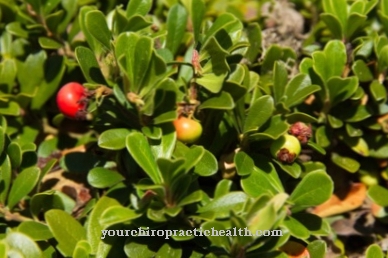
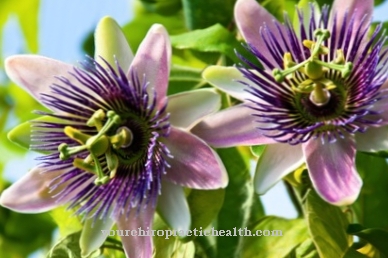
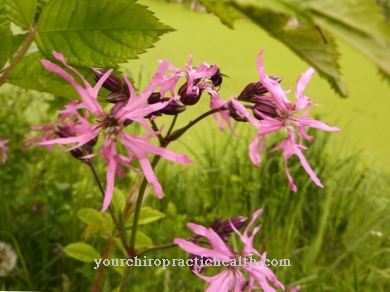

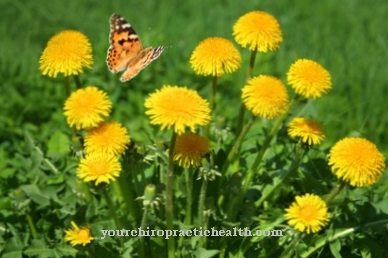
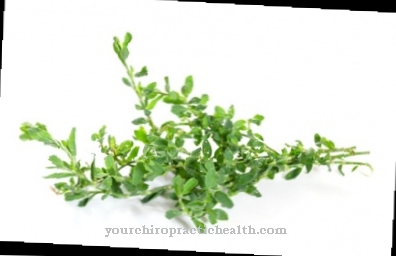

















.jpg)



